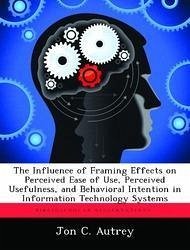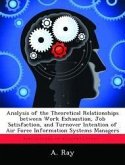Every year the Department of Defense spends millions of dollars on the purchase of new computer equipment. There is some question as to the necessity of the amount of this spending. Brynjolfsson (1993) and Landauer (1996) state that it appears that as the order of magnitude of information technology (IT) has increased in both numbers and processing power, the actual increase in the level of productivity, as a whole, has not. Unfortunately, in a time when Air Force budgets are shrinking and the United States military is called on by the taxpayers they serve to do more with less, funding for this IT is often not available. This thesis looks at the use of information framing to influence users' perceptions of information technology using the Technology Acceptance Model (TAM). TAM does this by measuring users' perceived ease of use, perceived usefulness, and behavioral intention toward a computer. An experiment was conducted by framing information about the technology level of two computers. Users' perceptions about using those systems were then collected using the TAM construct measuring instruments. The results of this study suggest that these perceptions about computer technology have more impact on users' actual use of an IT system than the actual technology level that is present in a computer. This indicates that the aggressive product replacement cycles for computers currently used by Air Force units could be reexamined to extend the useful life of existing systems. The savings realized could then be applied to other critical Air Force mission needs.
Hinweis: Dieser Artikel kann nur an eine deutsche Lieferadresse ausgeliefert werden.
Hinweis: Dieser Artikel kann nur an eine deutsche Lieferadresse ausgeliefert werden.








